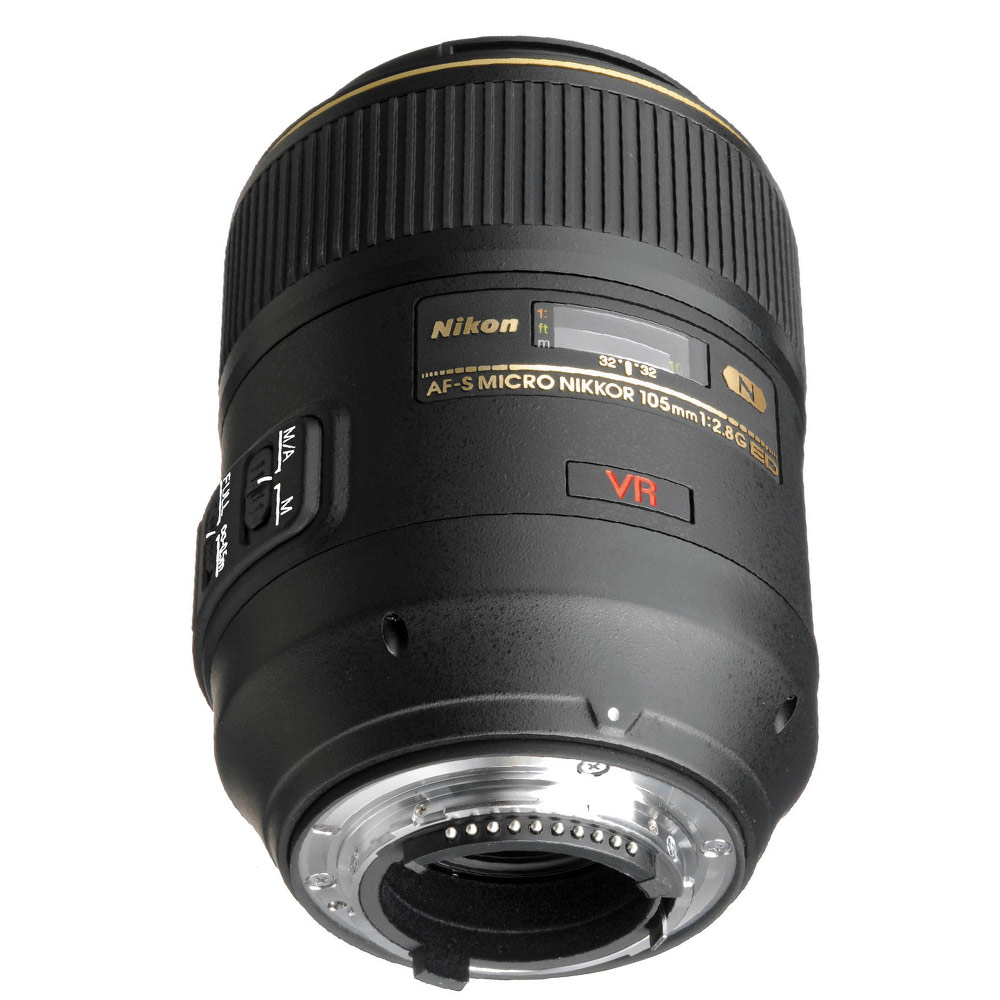
There are optical quality implications as well-not only because the image from the lens is effectively cropped-but because many lens designs are now optimized for sensors smaller than 36 mm × 24 mm. Two photographs with the same lens and ISO, but a different sensor size: upon zooming in (insets), one notices there is less noise in the bottom picture (full-frame sensor - Canon EOS 6D) than in the top one (smaller sensor - EOS 7D Mark II). This relationship is approximate and holds for moderate subject distances, breaking down as the distance with the smaller format approaches the hyperfocal distance, and as the magnification with the larger format approaches the macro range. Equivalently, for the same DoF, the full-frame format will require a larger f-number (that is, a smaller aperture diameter). If the same lens is used on both full-frame and cropped formats, and the subject distance is adjusted to have the same field of view (i.e., the same framing of the subject) in each format, depth of field (DoF) is in inverse proportion to the format sizes, so for the same f-number, the full-frame format will have less DoF. On a full-frame digital camera, the 24 mm lens has the same 84° angle of view as it would on a 35 mm film camera. For example, a 24 mm lens on a camera with a crop factor of 1.5 has a 62° diagonal angle of view, the same as that of a 36 mm lens on a 35 mm film camera. On smaller-sensor DSLRs, wide-angle lenses have smaller angles of view equivalent to those of longer-focal-length lenses on 35 mm film cameras.

One advantage is that wide-angle lenses designed for full-frame 35 mm retain that same wide angle of view.
#Nikon macro lens full#
When used with lenses designed for full frame film or digital cameras, full-frame DSLRs offer a number of advantages compared to their smaller-sensor counterparts. The ratio of the size of the full-frame 35 mm format to the size of the smaller format is known as the " crop factor" or "focal-length multiplier", and is typically in the range 1.3–2.0 for non-full-frame digital SLRs.Īdvantages and disadvantages of full-frame digital SLRs 35 mm lenses Īn APS-C format DSLR (left) and a full-frame DSLR (right) show the difference in the size of the sensors. The edges are cropped off, which is equivalent to zooming in on the center section of the imaging area. When a lens designed for a full-frame camera, whether film or digital, is mounted on a DSLR with a smaller sensor size, only the center of the lenses image circle is captured. If the lens mounts are compatible, many lenses, including manual-focus models, designed for 35 mm cameras can be mounted on DSLR cameras.

The full-frame DSLR is in contrast to full-frame mirrorless interchangeable-lens cameras, and DSLR and mirrorless cameras with smaller sensors (for instance, those with a size equivalent to APS-C-size film), much smaller than a full 35 mm frame. Historically, 35 mm was one of the standard film formats, alongside larger ones, such as medium format and large format.

The sizes of sensors used in most current digital cameras, relative to a 35 mm formatĪ full-frame DSLR is a digital single-lens reflex camera (DSLR) with a 35 mm image sensor format ( 36 mm × 24 mm).


 0 kommentar(er)
0 kommentar(er)
